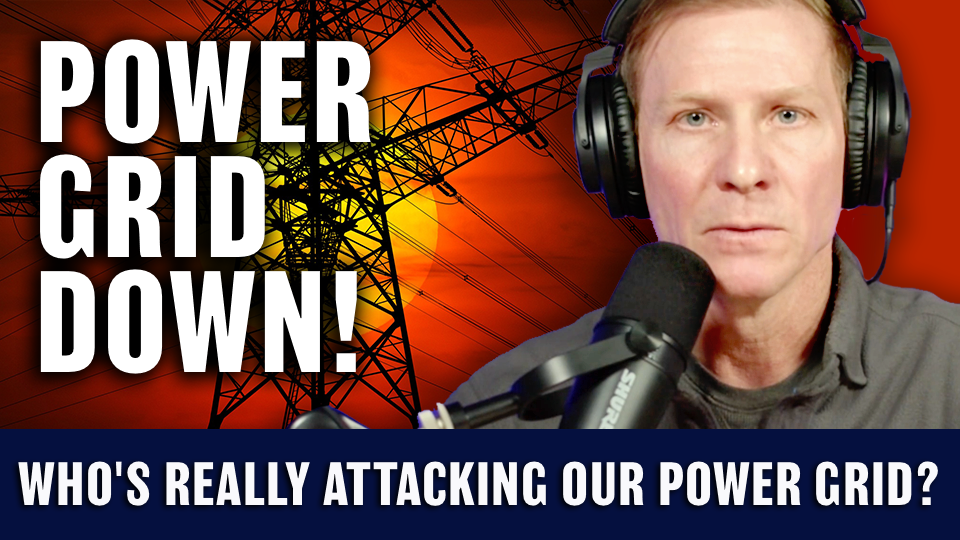HOMELAND ALERT! Power Grid Down - Who is Really to Blame for Attacks?

There have been several reports on the vulnerability of the US power grid, highlighting the potential for cyberattacks, physical attacks, and natural disasters to disrupt the country's electricity supply. Here are some key findings from recent reports: The US power grid is highly interconnected, which increases its vulnerability to cascading failures. According to a 2018 report by the National Academies of Sciences, Engineering, and Medicine, a major disruption in one part of the grid can quickly spread to other areas, potentially causing widespread blackouts. Cybersecurity threats are a growing concern for the US power grid. In a 2020 report, the Department of Energy's Office of Cybersecurity, Energy Security, and Emergency Response identified several potential cyberattack scenarios, including ransomware attacks, phishing campaigns, and supply chain attacks. Physical attacks on power infrastructure, such as substations and transmission lines, can also cause significant disruptions. A 2017 report by the Federal Energy Regulatory Commission found that coordinated attacks on just nine of the country's 55,000 substations could cause a nationwide blackout. Natural disasters, such as hurricanes, wildfires, and severe weather events, can also pose a significant risk to the power grid. In a 2019 report, the National Renewable Energy Laboratory found that climate change could increase the frequency and severity of extreme weather events, potentially leading to more frequent and prolonged power outages. The Russian attack on the Ukrainian power grid that occurred in December 2015. The attack was carried out by a group of hackers who gained access to the computer systems of several Ukrainian power companies, allowing them to remotely control the grid and disrupt the flow of electricity to over 200,000 customers. The Ukrainian government has accused Russia of being behind the attack, but the Russian government has denied any involvement. This attack was one of the first instances of a cyberattack on a national power grid, and it highlighted the vulnerability of critical infrastructure to cyber threats. Since then, there have been several other attacks on power grids around the world, underscoring the need for increased cybersecurity measures to protect these essential systems. The majority of power plants in the United States are thermal power plants that generate electricity by burning fossil fuels like coal, natural gas, and oil. However, there are also a growing number of renewable energy sources, such as wind and solar power plants, as well as hydroelectric power plants that generate electricity by harnessing the power of moving water.
Some sources: https://www.energy.gov/ceser/energy-s... https://www.npr.org/2023/01/30/115244... https://www.eia.gov/tools/faqs/faq.ph... https://www.cbsnews.com/news/physical... @FoxNews @CNN @oann @news @CBSNews @NBCNews @NewsmaxTV @TheEpochTimesNews #news #breakingnews #prepping #foxnews #cbsnews #epochtimes #newsmax
Check out the latest news
Zero risk. Only gains.
100% Risk Free*
Your complete satisfaction guaranteed or your money back.
Made by Real People
Made and packaged in our facility right here in the USA. Any issues, just give us a call.
Free Shipping
Free shipping on orders $199+. Always out the door in a day or two straight to your home.
For more information, please visit our Terms of Service. Lean More











